Remembering the Harmful
Effects of Ionizing
Radiation
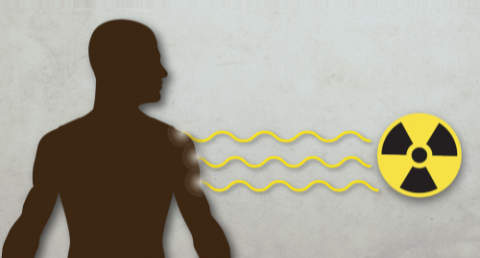
Introduction
Scientists have known for a very long time now that exposure to ionizing radiation can have harmful effects in humans. Awareness first manifested itself by radiation burns on the early experimenters who paid dearly for their work. Fortunately, modern radioactive devices employ many well engineered safety measures to prevent this from ever happening when used properly. Radiation induced injuries are relatively rare anymore which is a very good thing. But it can also result in a lack of full appreciation for what damage can occur if ignored. This article serves as a reminder of how harmful and painful radiation burns can be if we don’t take all safety precautions and procedures seriously.
The early pioneers investigating radioactivity in the late 1800’s and early 1900’s were not aware of the harmful effects until radiation burns began manifesting themselves. Radiation burns were first noted in 1896, within just one month after Roentgen’s announcement of the discovery of what he called x-rays. Within a year or two it became widely known that those working with x-ray devices had to take some precautions.
Early experimenters with natural radioactive sources were not immune from harmful effects and also received burns. Most notable was Henri Becquerel who burned himself by carrying a sample of radium in his pocket. The famous Marie Currie and her husband Pierre also received radiation burns on their skin from their work with radium and are believed to have also developed leukemia. While Pierre was tragically killed relatively early and was largely spared long term suffering, Marie’s lifetime exposure resulted in a great deal of pain that she had to endure, especially to her hands.
By 1905 it was also known that excessive exposure to radiation could cause cancer. Repeated large doses to the hands of workers frequently caused fatal skin cancer. Many of the early medical radiologists either died of skin cancer or had to have their fingers or hands amputated.
Immediate and Long-Term Effects of Ionizing Radiation
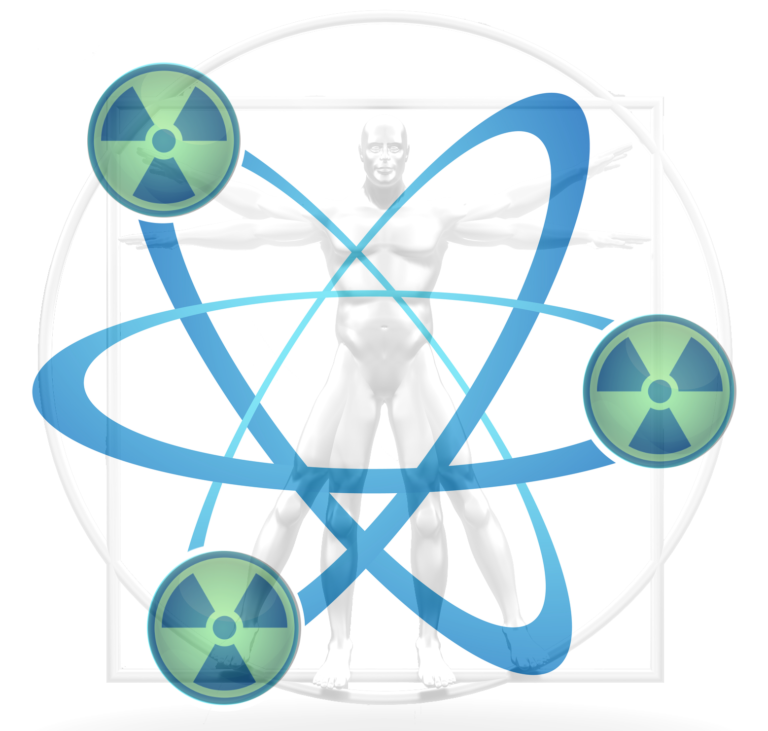
Very large doses of radiation can cause harmful health effects within just hours or weeks. Such effects are called prompt effects because they appear relatively soon after the exposure. The prompt effects result in radiation burns to the skin as well as radiation sickness, which can be fatal.
Other effects that manifest themselves years later are called delayed effects. Cancer and genetic effects in offspring are examples of delayed effects
Radiation Burns
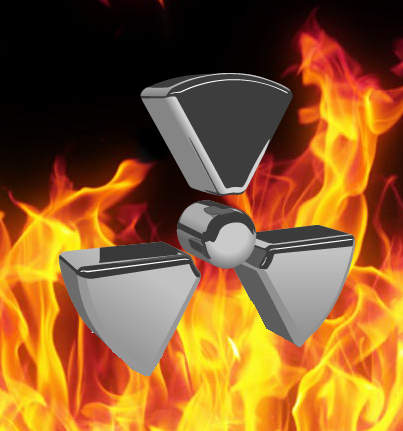
A radiation burn is not a temperature induced injury as the name would suggest; however, the cell damage appears in identical fashion; hence the name. The severity of the cellular damage by ionizing radiation increases with dosage. Lower one-time doses enable the body to heal itself over time. As the dose levels increase, additional medical attention will be required to assist in recovery. Eventually you reach a dose level where the damage becomes so great death becomes inevitable. The chart below presents the prompt effects of one-time doses at increasing dose levels.
Effects to One-Shot Doses
600 rem
Radiation cell damage is equivalent to a first-degree heat burn or mild sunburn. Within a few hours reddening occurs and often disappears over the next few days as the body does its healing work (assuming no further exposures occur).
1000 rem
Results in serious tissue damage like a second-degree heat burn. The initial inflammation is followed by swelling and tenderness. Blisters will form within 1-3 weeks and break open leaving raw, painful wounds susceptible to infection. Hands exposed to these dose levels become stiff and finger motion is often painful. After several months the visible damage may heal but there will be some permanent damage to the surrounding tissue and make it more susceptible to injury in the future.
2000-3000 rem
An injury resembling a scalding or chemical burn is caused. Medical treatment is immediately needed. The injury may not heal without surgical removal of the exposed tissue. Damage to blood vessels also occurs. Future medical problems can be expected as this area will be more susceptible to pain, lower resistance to injury and reopening of the wound.
> 3000 rem
When more than 3000 rems are received at one time the tissue is completely killed and must be surgically removed.
Prolonged Dose Effects

A radiation dose between 5000 to 10,000 rems received gradually over a period of several weeks will result in a chronic irritation, inflammation, dryness, and itching of the skin. Once this condition has developed, it seldom heals completely. Open sores may erupt and the regenerative and recuperative powers of the body are greatly reduced. Malignant skin cancer occurs in a large percentage of these cases.
Severe Radiation Burn Cases
Back Pocket Carry
In 1979 a man found a 28-curie iridium radiography source that had accidently been left at the jobsite by a radiographer. Not being a radiation worker or understanding what the material was he picked it up and put it in his back pocket for about 45 minutes.
About an hour after the exposure he became nauseated, at 6 hours he noticed a burning feeling and a reddening of his right buttock. The burning and reddening got worse and after 2 days went to a doctor. The doctor not knowing what he was dealing with assumed the skin irritation was most likely caused by an insect bite. But the burn got worse and worse until it became a large open sore. After 17 days, the man was hospitalized and it took another three days of persistent questioning by doctors before they realized that he had a radiation burn. By this time the man had an open wound about 4 inches in diameter and 1 inch deep. Figure 1 shows the wound 31 days after the incident.
It was later calculated that the radiation dose to the man’s right buttock exceeded 20,000 rems. At a tissue depth of about 3 inches the dose still exceeded 1000 rems.
To treat the burn, doctors surgically removed the dead tissue and a thick piece of skin from his thigh was sewn to close the wound, see Figure 2. Six months later, the skin flap edge was not healing so at 10 months a second skin flap was sewn on. At 19 months, the wound was still not healed, see figure 3 & 4, and further constructive surgery would be needed. Two years after the accident, the man still walks with a limp and experiences pain where he was burned.
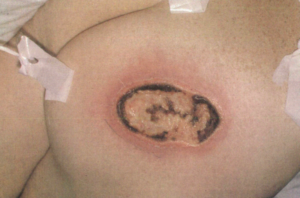
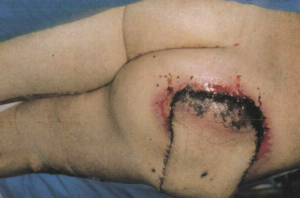
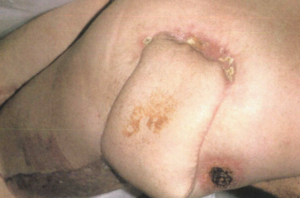
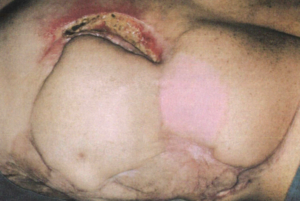
Front Pocket Carry
A similar incident occurred to a man in Argentina who placed a highly radioactive source in his front packet. The front pocket location placed the source too close to his arteries that carried blood to his legs. The arteries disintegrated because of the radiation damage and both legs had to be amputated.
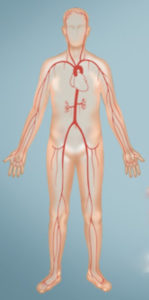
Fatality Cases
Construction Watchman
The previous two cases were about those who survived, but there are also very sad fatalities that have been recorded. In March of 1962 a construction watchman in Mexico was given a 5-curie Co-60 source for safekeeping by his employer. Not understanding what he had, he took it home for safe-keeping where he, his wife, mother-in-law, son, and daughter were all exposed over a period of several months. The employer retrieved the source in late July. The damage was done, and one-by-one, members of his family began dying beginning in April and ending in Oct of that year. Only the watchman survived because he was away so much of the time working.

Scrap Yard in India
An incident in India more recently occurred whereby a university abandoned irradiator was taken to a metal scrap yard by individuals who had no idea what the device was. The scrap yard placed the irradiator next to their worker bunk house. A few days later several men became sick and at least one died.
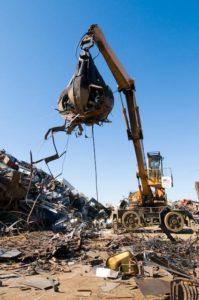
Conclusion
Fortunately, severe cases like those presented herein are rare. Never-the-less, accidents and moments of forgetfulness do still occur. Maintaining diligence is something Radiation Safety Officers and all those who work with or around radiation sources and devices cannot afford to ignore.
The stealth properties of radiation make us vulnerable and so we each need to practice and follow procedures very carefully to avoid incidents of any kind. It’s too easy to take safety for granted or to ignore when it comes to radiation exposure. It’s much easier to think and act safely when climbing a ladder high above the ground. It’s quite another mindset that is needed when you cannot see, smell, hear, taste or feel the impending danger. Its stealthy nature all too often lure us into a false sense of security or a relaxed state of mind that typically exists at the beginning of any radiation incident.
While the incidents shown here are severe in nature, less severe exposures can still impact the quality of our lives, and we need to remember that too. Sometimes we need a good dose of reality of what has already happened to others to fully appreciate the dangerous nature of the materials that are all about us in the industrial world. Remembering the very real-life tragedies of others along with training and repeat training will hopefully keep your radiation safety program on guard at all times and in all places.
Radiation safety should never be an after-thought, or just another item added to an already long list of duties. It needs to be taken very, very seriously. Let the tragic lessons of others be ever present on your mind as you strive to protect your fellow workers, friends and family. Ionizing radiation is an excellent servant to mankind when contained and properly used and highly destructive and lethal when not carefully watched over and used properly.

